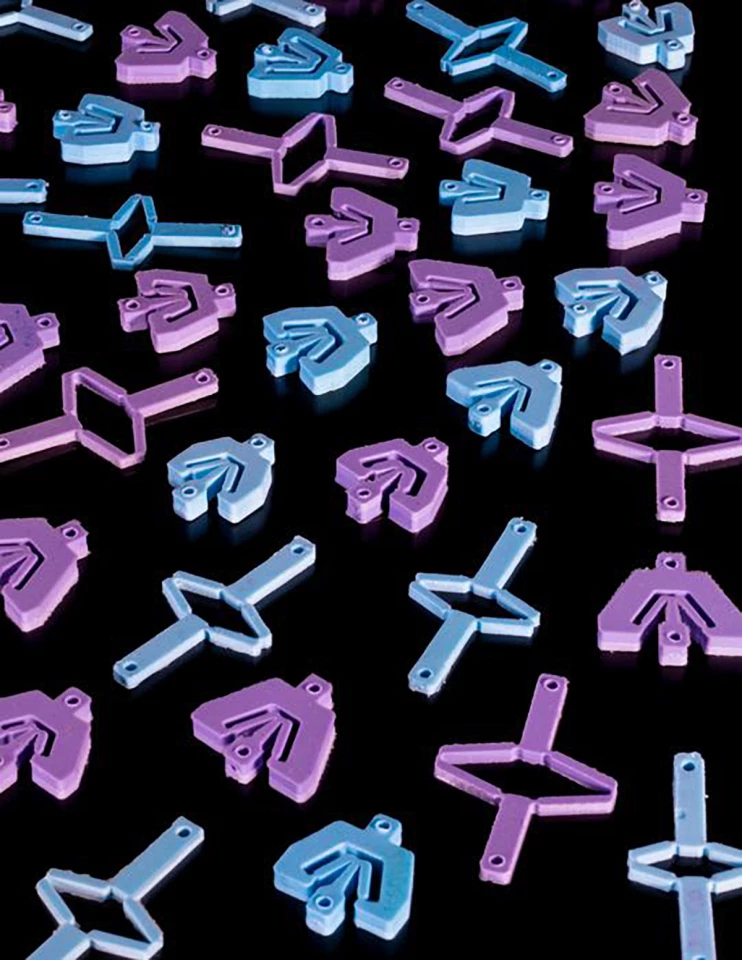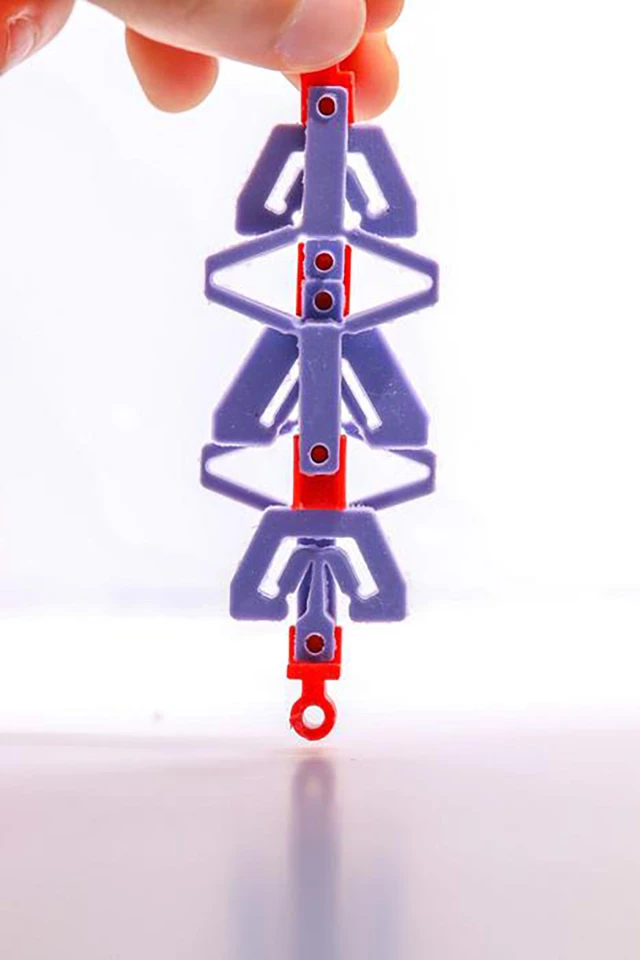Researchers in the Netherlands have created mechanical structures that strangely shrink – or more precisely, snap inward – instead of stretching outward when pulled.
It sounds impossible, but it's really down to novel design ideas from the team at Dutch physics research institute AMOLF that combine geometry and mechanics to demonstrate this unexpected behavior, with the potential to overcome undesirable instabilities.
"This new kind of behavior – that we coin ‘countersnapping’ – has never been seen in experiments before," said Bas Overvelde, principal investigator of the Soft Robotic Matter Group. "This could transform how we design everything from medical robotic devices to earthquake-resistant buildings."
You can see the mechanism in action in the clip below.
Pretty nifty, right? This countersnapping behavior, documented in the journal PNAS last month, is materialized through the design and assembly of specific mechanical structures that leverage geometric nonlinearities. The core principle is to create a system that exhibits a self-intersecting force–displacement relation, where a sudden contraction occurs under increasing tension, or a sudden increase in tensile force happens under increasing extension.
By combining three different types of nonlinear building blocks – each of which exhibits specific force-extension behaviors – in a network arrangement, the team was able to create a countersnapping system. In the example above, the pieces are 3D printed.

Together, these countersnapping elements unlock a bunch of interesting mechanical properties:
- Unidirectional stick–slip motion: Unlike regular snapping which causes movement in opposite directions under cyclic loading, countersnapping enables movement in the same direction, allowing for incremental motion that consistently moves in one direction.
- Switchable stiffness: The structure can switch between different levels of stiffness at a specific point where it has the same extension and applied force. This means you can change how resistant it is to deformation without altering its current size or the load it's carrying.
- Passive resonance avoidance: Because the stiffness can be switched without changing the equilibrium state, countersnapping can be used to automatically change the natural vibration frequency of a system. This can help protect the system from excessive vibrations at certain frequencies.
- Sequential stiffness switching: When multiple countersnapping elements are connected side-by-side (in parallel), their stiffness can be changed one after the other.
- Instantaneous collective switching: When multiple countersnapping elements are connected end-to-end (in series), they can switch their state all at once, like an avalanche.

The researchers believe that countersnapping could be useful in protective gear and prosthetics that can go from flexible to stiff for support (similar to motorcycle safety equipment), and vibration dampening applications in buildings and planes. They could also enable soft medical robots make their way through the body safely by moving forward without slipping backward.
Source: AMOLF






